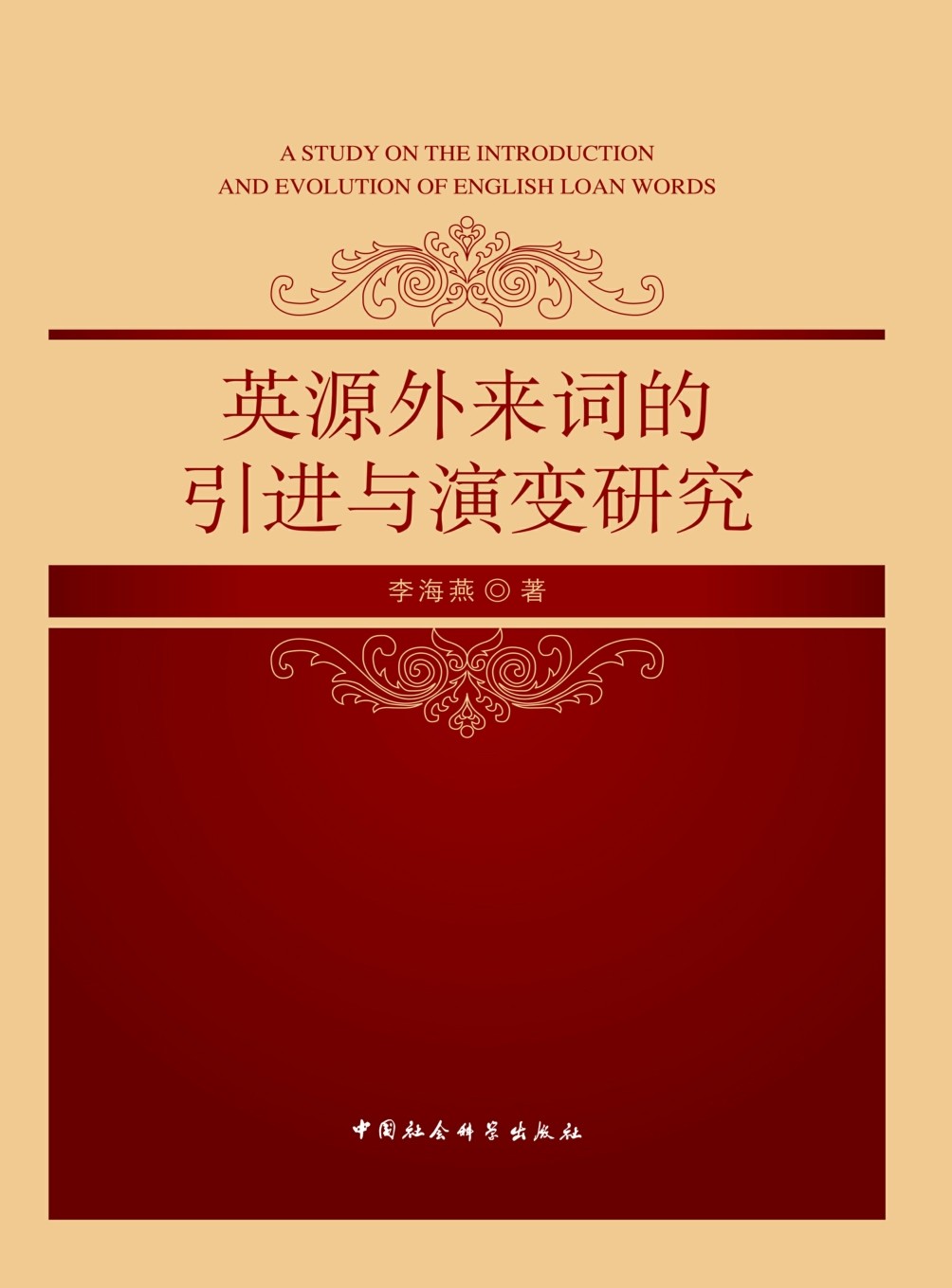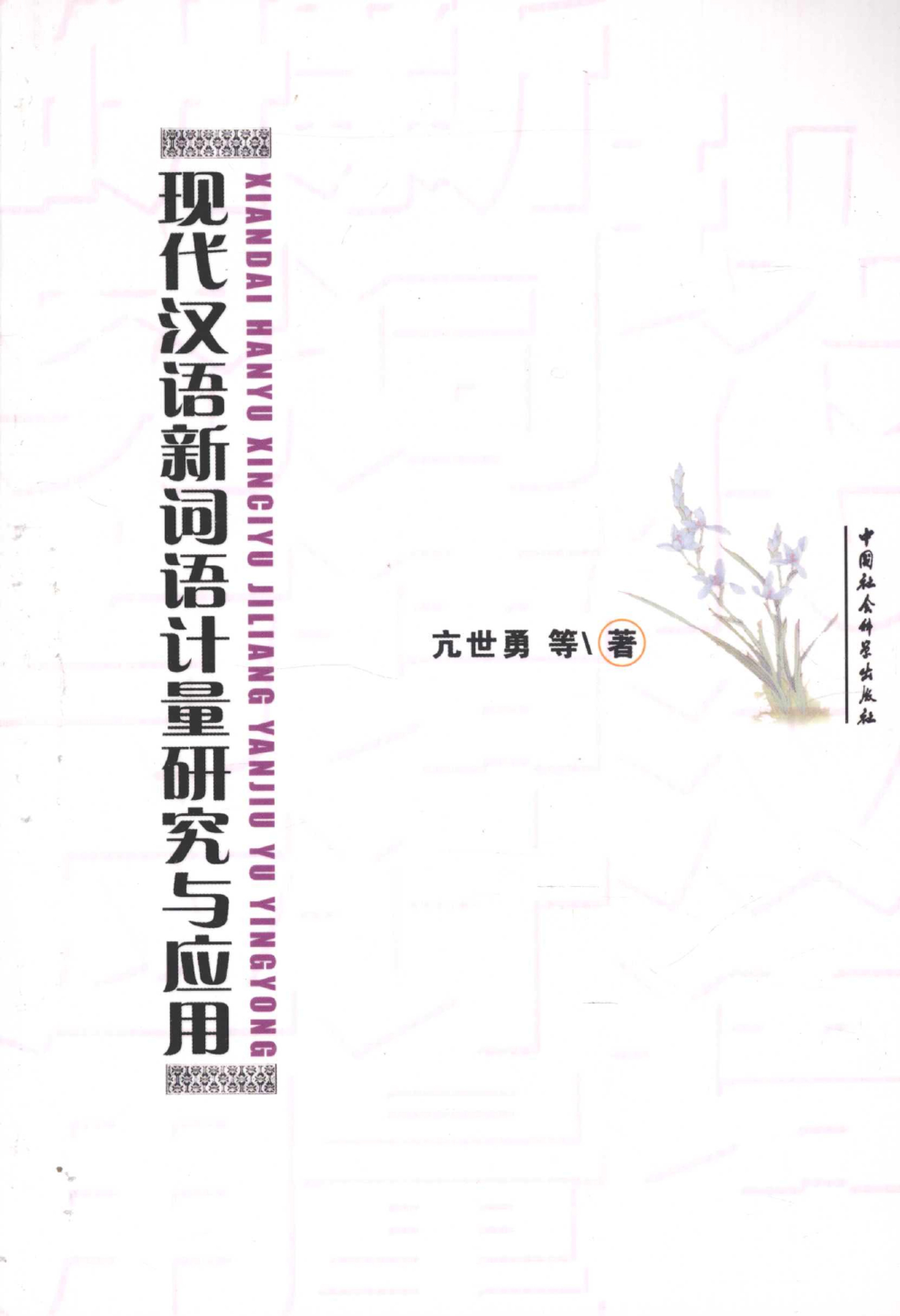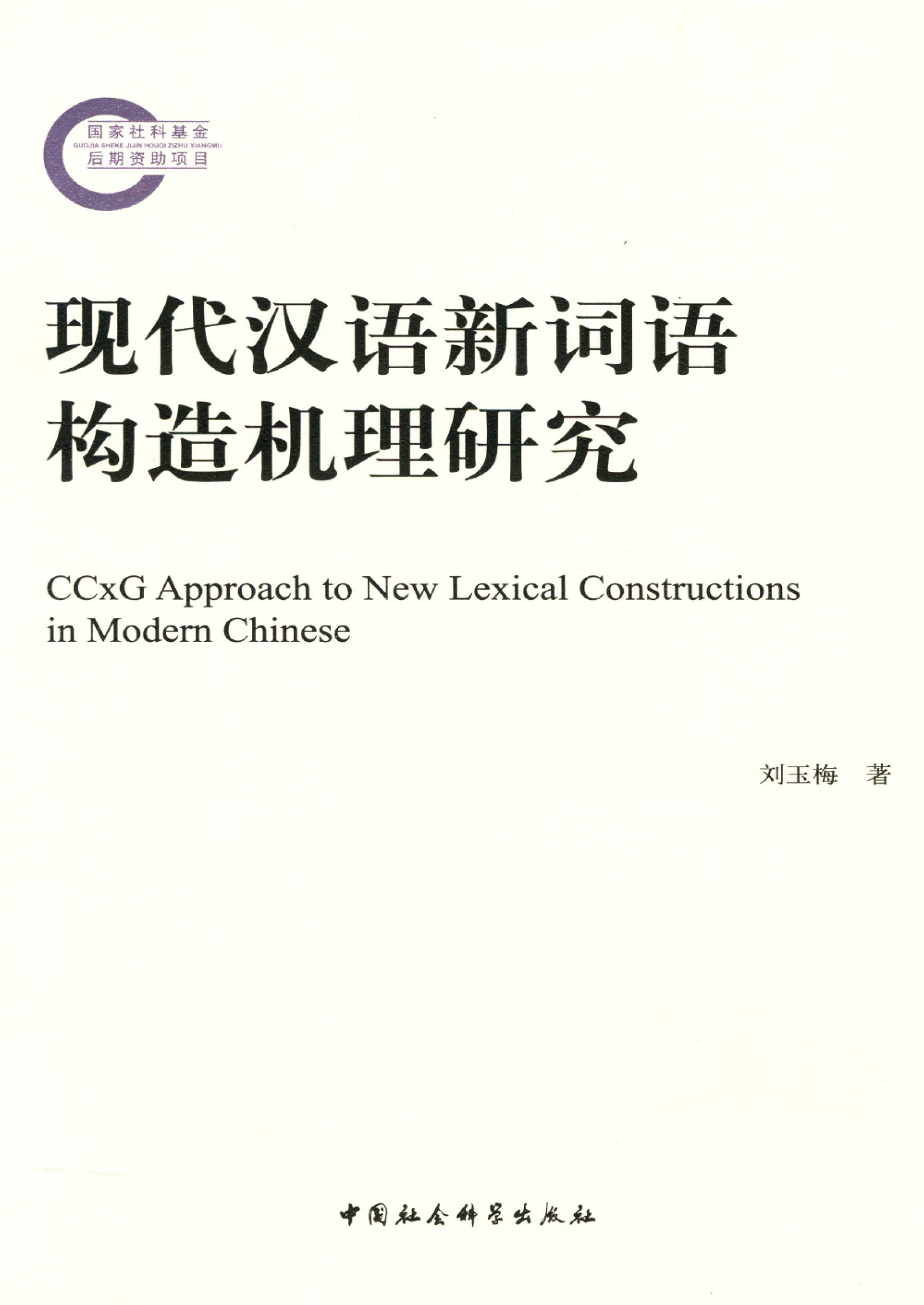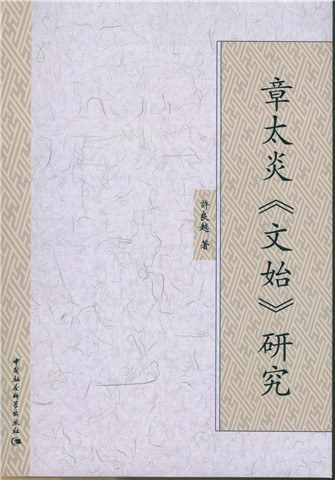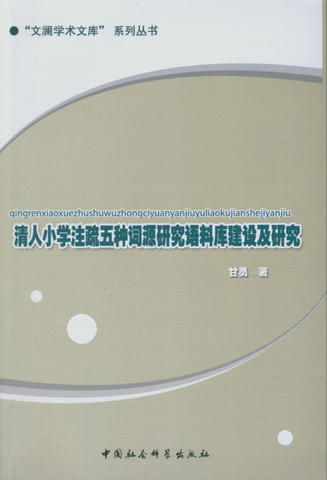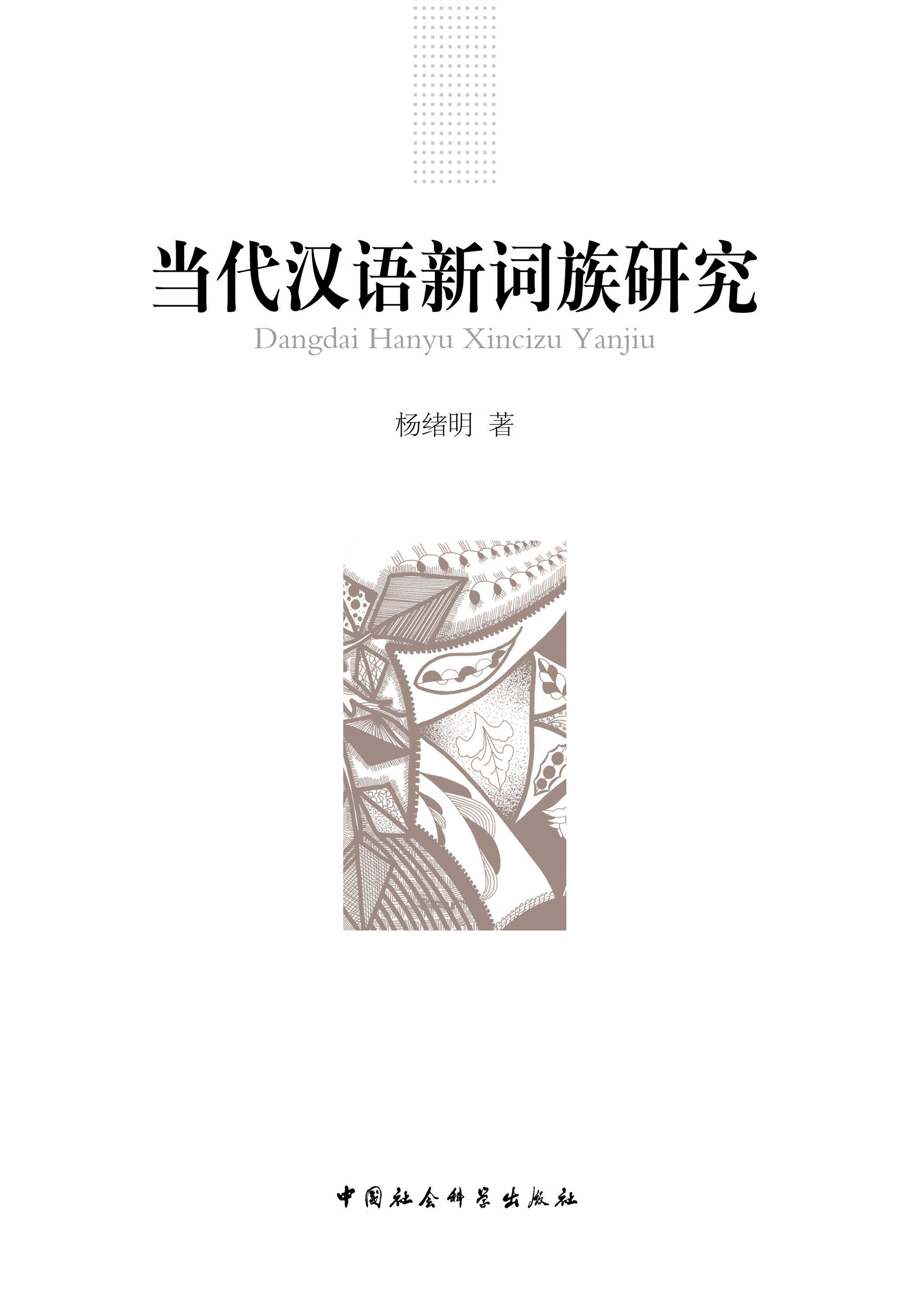内容简介
作者简介
目录
本书选择清末以来引进的英源外来词作为研究对象,通过描述和分析外来词的译介方式及其形、音、义的演变,探索其对汉语词汇系统的影响,以期能够进一步拓展对外来词的研究,同时也能为外来词的规范提供一定的理论依据。除绪论和结语外,全书共分六章。在绪论部分,我们阐明了本选题的宗旨和研究目标,界定了本书的研究范围和对象,概述了相关研究的现状及存在的问题,明确了本研究所运用的语料来源、研究方法和相关理论。第一章我们将英源外来词引进的三个高潮期进行了对比,从译介主体、译介方式、词语类属、引进途径等方面总结了这三个时期英源外来词的特点。第二章介绍了英源外来词译介方式的类型,并对其演变进行了分析,研究表明,纯音译向意译过渡并非汉语发展的必然趋势。译介方式的演变始终是在透明化、简明化和陌生化、新颖化之间寻找着平衡点。同时,本章还从英语原词的角度考察了其对译介方式选择的影响。第三章将英源外来词词形的演变分为同源异形和同形异源,并分析了造成这两种现象的内在原因。第四章阐述了英源外来词语音演变中常见的三种音系修补策略,即音段的置换、音段的增删以及音节的拆分重构。研究表明,这三种策略的采用一方面是为了尽可能地保留英语中的语音信息,力求语音的近似;另一方面是为了满足汉语的音系结构要求。第五章采用共时研究和历时研究相结合的方法,将英源外来词词义的演变分为“自发而生的词义演变”和“借用而生的词义演变”,既考察了英源外来词在汉语的语用环境中自发生成的演变,也考察了在其历时发展过程中受英语原词影响而发生的演变。第六章考察了英源外来词的引进对汉语语素系统、词缀系统、多义词的形成和同义词场所产生的影响。同时,对于英源外来词中关注较少的两个方面,我们也进行了尝试性的研究。一个是英源外来词的回潮现象,借助强势方言的力量是英源外来词重新出山所采用的一种手段,词义的宽泛和变异是这些回潮词能够在汉语的普通话词汇系统内长期留驻的决定性因素之一。另一个是对英源外来词的冗余组合现象的分析,研究表明,求新与合作的语用心理是促成这种现象形成的原因。最后,在结语中,我们对研究内容作出了总结,并指出不足之处以及今后研究的方向。关键词:英源外来词;译介方式;词形;词义;语音修补策略;演变ABSTRACTThis book selects the words borrowed from English since late Qing Dynasty as its object of study.It describes and analyzes the evolution on the translation methods,forms,phonology and meanings of the loanwords,as well as investigates into their influence on Chinese vocabulary,with an attempt to extend the research on the loanwords and provide a certain theory basis for the standardization.Apart from the introduction and conclusion,this book can be divided into six chapters.In the introduction,we mainly expound research objectives of the topics,summarize the present situation and problems of related research,and define the scope of the research,corpus sources,research methods as well as related theories used in this study.In chapter one,we divide the borrowing climaxes into three periods andsummarize the characteristics of the loanwords in different periods from the following aspects: the subjects of translation,the methods of translation,the category of loanwords and the borrowing ways of loanwords.In chapter two,it introduces and analyzes the types and the evolution of the translation methods.It shows that phonetic loan taking the place of transliteration is not the inexorable tendency of the Chinese language development.The evolution of the translation methods has always been to find a balance between simplicity and novelty.At the same time,this chapter also investigates influences of original English words on the selection of the translation methods.In chapter three,the evolution of forms can be divided into two situations.One is the words with the same source and different forms.The other is the words with the same forms but different sources.And in this chapter we also analyze the reasons for the two phenomena.In chapter four,it expounds three phonologi cal repair strategies,such as phonemic replacement,epenthesis,deletion and reconstructions of syllables.It shows that the adoption of the strategies is to retain phonetic information of original English words.On the other hand,it is to meet the requirements of Chinese phonologi cal structure.In chapter five,on the meanings of the loanwords,we analyze synchroni cally and dynami cally the evolution of their lexi cal,grammar and coloring meanings,which change with the development of the times and the society and are influenced and restricted by the original English words.In chapter six,we put an emphasis on the influence of the loanwords on the Chinese vocabulary system.In addition,we focus on other two aspects that the researchers put little attention to.One is about the borrowings once replaced by the phonetic loan words.We analyze the reasons for their reappearance and the methods they adopt.The other is about the redundant syntax of the borrowings from English.It shows that the pragmatic psychology of seeking for new expressions and cooperation is attributed to this language phenomenon.Finally,it summarizes the contents of the study and points out the inadequacies and the direction of future research.Keywords:loanwords from English;translation methods;forms of the words;meanings of the words;phonologi cal repair strategies;evolution
全部显示∨
李海燕,女,博士,毕业于北京师范大学文学院,专业为语言学及应用语言学。现任教于北京华文学院,从事华文教学工作十余年,发表论文十余篇,出版编著《中华文化教学研究》,参与编写国侨办《汉语》教材,并参与暨南大学华文学院“华文水平测试”项目,主持暨南大学华文教育研究院“创新平台”项目,相关研究成果发表于国家核心期刊。
全部显示∨
第一章 英源外来词的引进一 清末至“五四”运动前后
二“五四”运动至20世纪上半叶
三 20世纪80年代至现在
第二章 译介方式的类型与演变第二节 译介方式的演变一 纯音译向意译的演变
二 五种音译方式之间的演变
三 音译和形译之间的演变
四 音译、仿译、意译之间的演变
第三节 英语原词对译介方式选择的影响一 英语商标词与谐音音译
二 化学元素词与形声化音译
三 普通化了的英语专有名词与音译添意
四 英语派生词、复合词与仿译、音意半译
第三章 词形的演变第一节 同源异形一 同一译介方式下的同源异形
二 不同译介方式下的同源异形
第二节 同形异源一 原有字义消解形成的同形异源
二 字面组合连缀成义形成的同形异源
三 字面意义附加了联想意义形成的同形异源
四 外来语素参与构词后形成的同形异源
第四章 语音的演变第一节 音段的置换一 辅音的置换
二 元音的置换
三 音段置换的其他制约因素
第五章 词义的演变第一节 自发而生的词义演变一 词汇意义的演变
二 语法意义的演变
三 色彩意义的演变
第二节 借用而生的词义演变一 义项的增加
二 语法意义的演变
第六章 英源外来词的引进对汉语词汇系统的影响第一节 对汉语语素系统的扩充一 音译形成的衍生性语素
二 仿译形成的衍生性语素
三 形译形成的衍生性字母语素
四 衍生性外来语素的产生机制
第二节 对汉语类词缀系统的丰富一 外源性类词缀的引进与汉化
二 自源性类词缀的显化
三 外来类词缀的产生机制
第三节 对汉语固有词义项的增补一 由仿译移植而来的外源义项
二 受仿译影响而生的外源义项
第四节 对汉语同义词场的扩容一 同义词场形成的途径
二 同义词场内部关系的考察
三 同义组合的冗余现象分析
结语
参考文献
